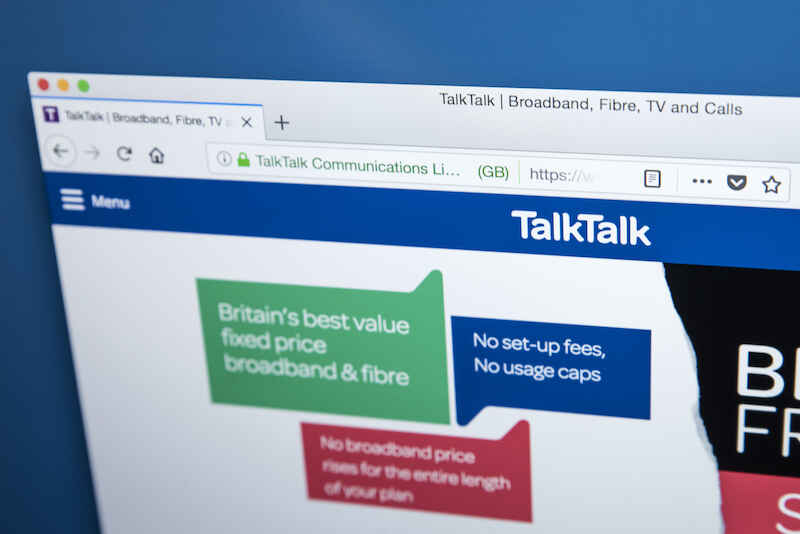Can I Switch to a Standard Credit Meter?
Share this guide:
Last updated: 21 January 2020
Almost 6 million people in the United Kingdom own a pay as you go, or prepayment, energy meter.
Here we will break down the pros and cons of having a prepayment meter and how, if you’ve got one, you can switch to a conventional, or credit, meter.
Save money on your energy bills
Enter your postcode below to get started
We value your privacy; we only use your postcode to compare offers in your area.
What Are Prepayment Meters?
Firstly, lets introduce what a prepayment energy meter is and how they work. As with pay as you go mobile phone plans, pay as you go meters require you to top up your credit in order to get your gas and electricity. You can top up in a number of ways including tokens, a smart card or key fobs which you have to manually take to a shop and top up there.
What Do You Gain If You Switch?
Although it is possible to find better energy deals if you switch from one prepayment meter to another, pay as you go prices are the least competitive. The cheapest tariffs and plans are often offered to customers with credit meters, meaning that they pay their bill monthly or quarterly.
What Are the Pros and Cons of Prepayment Meters?
In the case of pay as you energy meter the disadvantages overcome the advantages. Lets take a look:
Pros of having a prepayment energy meter:
- No large, unexpected bills as you pay in advance
- Help consumers manage their debt
- You are aware of your energy usage
Cons of having a prepayment energy meter:
- More expensive than standard credit meters
- Fewer competitive energy deals and tariffs available
- Inconvenient as you have to manually top up your credit
- Your energy supply may be switched off if you have run out of credit
- Old meters need their prices to be updated manually meaning you could be paying old rates
How Do I Begin the Switching Process?
To begin with you must be eligible to switch energy meters. Certain criteria must be met and these all depend on your supplier. In most cases this means that you must have no outstanding debts with your current supplier and the account holder may need to pass a credit check.
Once you have passed the credit check an engineer is sent to your residence to install your new meter. The waiting time all depends on your new supplier. Some energy suppliers may charge if you miss the appointment set so always ensure that you contact your supplier if you are not able to make it.
We are an independent and impartial price comparison website.
Our services are 100% free to use.
usave.co.uk is supported by its users. When you make a purchase through links on our site, we may earn an affiliate commission.
Don't miss these
-
How to Pay Your Energy BillsTariffs and Bills
-
-
Read on our blog

A Third of Children Have Seen ‘Worrying or Nasty’ Content Online
Broadband
31. 03. 2022 | Lauren Smith
With the government poised to implement tough new measures to...

Budget broadband provider TalkTalk has been notifying customers via email...

Investigation by Citizen's Advice indicates people of colour are being charged more for car insurance
Insurance
24. 03. 2022 | Michael Quinn
A year-long investigation by charity Citizens Advice has revealed a...

Education Secretary Nadhim Zahawi has announced a new commitment to...






